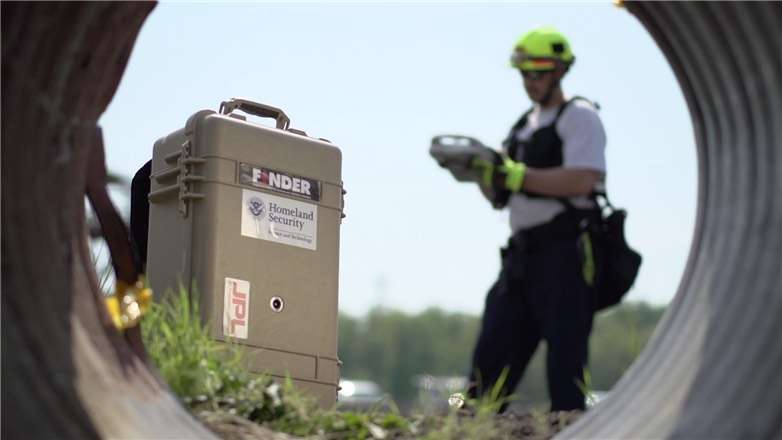Solar Solution: MIT Creates Way to Make Salt Water Drinkable
To help people in drought-stricken areas from California to India, new technologies are harnessing the sun to make saltwater drinkable.

Four men trapped under 10 feet of bricks, mud and other debris were rescued in Nepal thanks to a heartbeat detection device developed by NASA and the Department of Homeland Security. The search-and-rescue technology called FINDER (Finding Individuals for Disaster and Emergency Response) uses a microwave-radar detector the size of a suitcase.
Following the April 25 earthquake, two prototype FINDERs were deployed to Nepal.
"The true test of any technology is how well it works in a real-life operational setting," said DHS Under Secretary for Science and Technology Dr. Reginald Brothers.
The men had been trapped beneath the rubble for days in the hard-hit village of Chautara when the FINDER was turned over to a team of international rescuers from China, the Netherlands, Belgium and members of the Nepali Army. Using FINDER, they were able to detect two heartbeats beneath each of two different collapsed structures, allowing the rescue workers to find and save the men.
"FINDER exemplifies how technology designed for space exploration has profound impacts to life on Earth," said Dr. David Miller, NASA's chief technologist in Washington, DC.
It has previously demonstrated capabilities of detecting people buried under up to 30 feet of rubble, hidden behind 20 feet of solid concrete, and from a distant of 100 feet in open spaces. A new "locator" feature has since been added to not only provide search and rescue responders with confirmation of a heartbeat, but also the approximate location of trapped individuals within about five feet, depending on the type of rubble.
Source: Jet Propulsion Lab / Story tip from carilyn
Be the first to comment